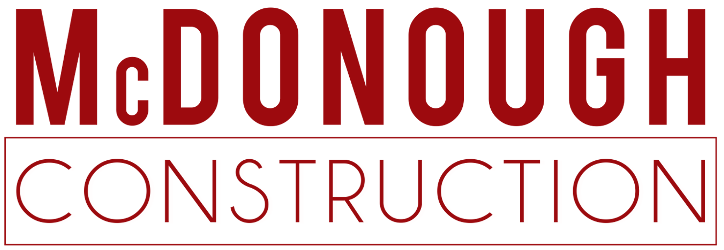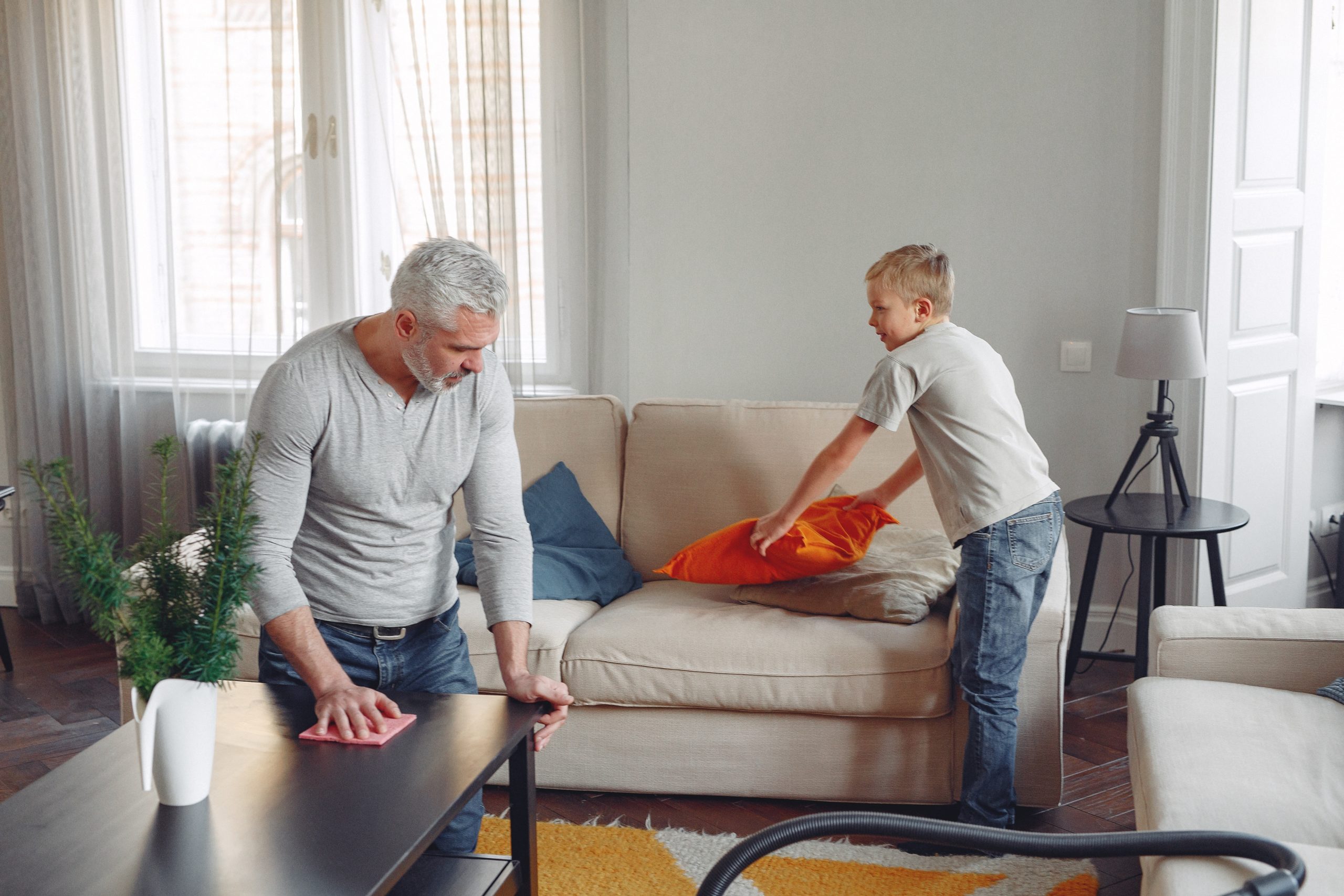Everyone has their own definition of clean. There is the “tidier”, who probably doesn’t make sure every speck of dust is wiped from the blinds, but their organizational skills are top notch. And then you have the “clean freak”, who not only gets every speck of dust off the blinds but is sure to wipe every nook and cranny and leaves no crumb unturned.
And, of course, you have those who are somewhere in-between. No matter what style of cleaning you prefer, it’s time to face the music and conform to the CDC style of cleaning. When pandemic viruses such as COVID-19 start to spread, everything you once knew about cleaning goes out the window. Here are the recommended ways you should start sanitizing and disinfecting your life.
Personal hygiene
The Center for Disease Control (CDC) stresses personal hygiene first and foremost. You can live in the cleanest home but if you do not keep up with yourself, it doesn’t do you much good. Wash your hands with soap and water several times throughout the day, not just after you use the restroom. This helps to dilute the number of microbes on your skin.
Wash your hands after:
- Shopping or using public transportation
- Sneezing or coughing
- After using the restroom
- Before and after preparing and eating food
- Coming into contact with another person
The CDC also recommends wearing disposable gloves while cleaning and doing laundry. This not only protects you from microbes, but from harsh chemicals as well.
Lastly, I’m sure we have all heard it before, but don’t touch your face! This is easier said than done but is also the fastest way to transfer bacteria and germs.
Common touch areas
Tables, counters, door handles, light switches, faucets, toilets, remote controls, cell phones, and other frequently touched surfaces are all considered common touch areas.
The CDC recommends disinfecting these surfaces twice daily. This can be done with EPA-recommended disinfectants such as Lysol and Clorox wipes. However, before disinfecting a surface it must first be cleaned. Disinfectants may have a hard time penetrating heavily soiled or greasy areas. You may clean these areas with soap and warm water and a microfiber cloth.
Products and their uses
With people stocking up on sprays and wipes, it may be hard to find appropriate sanitizing products. Here are two ways you can use bleach or alcohol as a substitute:
- Chlorine Bleach: Mix a solution of 5 tablespoons of fresh bleach per gallon of water. To be effective as a disinfectant, there must be a 5.25% to 6.15% concentration of sodium hypochlorite in the product, so check the label. Chlorine bleach is both light and temperature sensitive. Whether the bottle is opened or not, it will lose potency within six to 12 months after purchase.
- Isopropyl Alcohol: The alcohol content must be at least 70 percent in any alcohol-based cleaner or wipe to be effective as a disinfectant.
When applying your product, a good rule of thumb is to apply enough that the surface will stay wet for at least four to five minutes. This gives the product enough time to properly kill all of the bacteria. Allow the surface to air dry. For best results, always remember to read the label on the product.
Additional precautions
If you are using a dishwasher, make sure the water is set to the highest temperature. When handwashing dishes, it is recommended to wash them as usual, and then soak the clean dishes in cool water with one tablespoon of chlorine beach for two minutes. Allow to air-dry.
Also, in times like these, it wouldn’t be a bad idea to add a laundry sanitizer to your usual detergent and try to wash and dry your laundry on the highest heat setting if possible. Laundry baskets and hampers should also be disinfected regularly.


